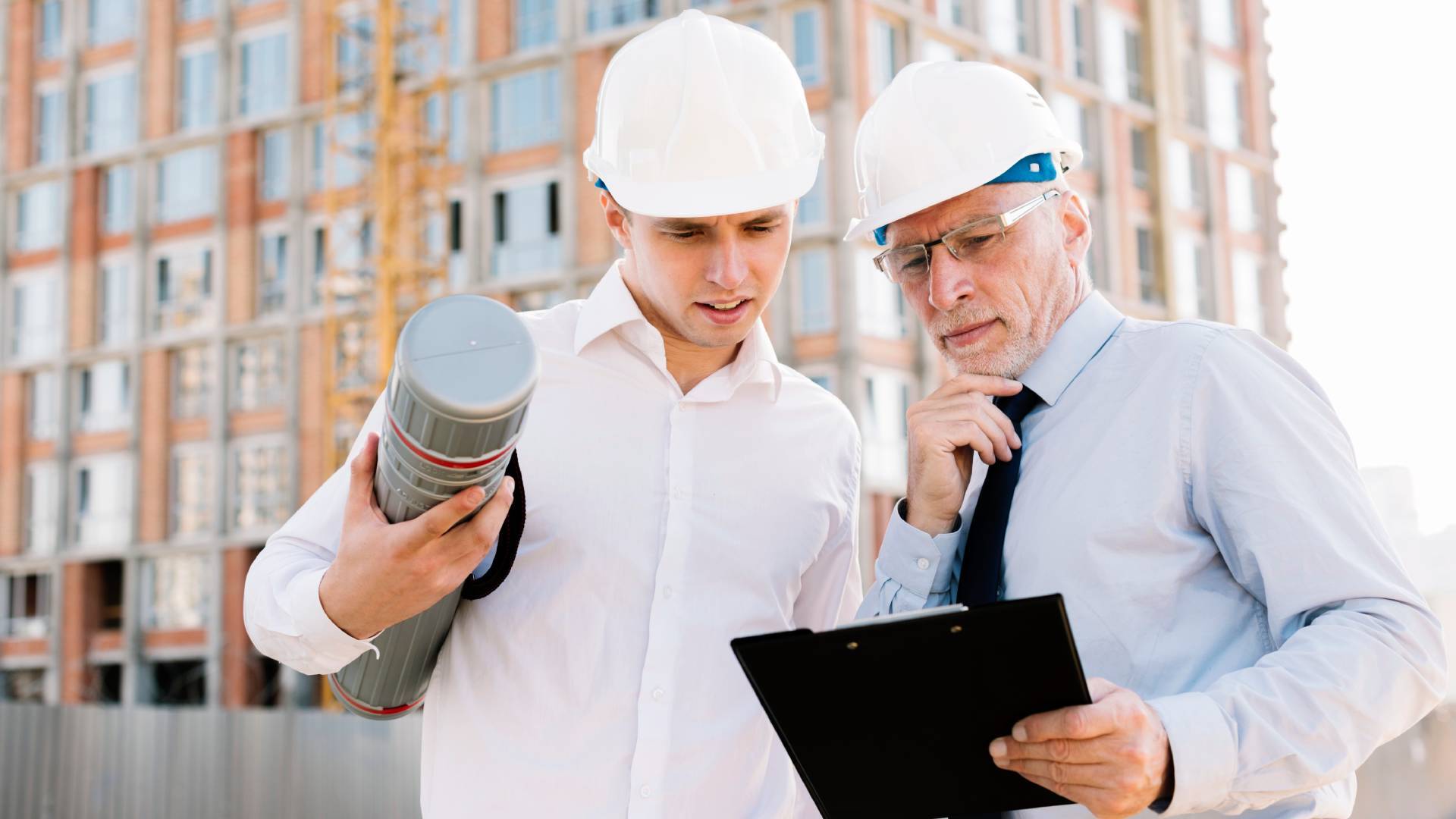
Dutyholders
What Are Dutyholder Responsibilities?
Under the Building Safety Act 2022, dutyholders have clearly defined legal responsibilities to manage building safety risks throughout a building's lifecycle. These responsibilities apply during both the design and construction phases and for buildings in occupation.
Whether you're a client, principal designer, principal contractor, or a building owner, your role comes with specific obligations to ensure compliance, safety, and accountability.
Core Duties Of A Dutyholder
Dutyholders are expected to:
- Ensure all designs meet building regulations and do not introduce unnecessary risks
- Oversee that construction work is carried out safely and in line with Building Regulations
- Maintain accurate records and contribute to the creation of the Golden Thread of information
- Demonstrate competence in their role and ensure others in the supply chain are also competent
- Identify and manage safety risks from the earliest project stages through to completion
These are not just industry guidelines. They are legal requirements. Failure to comply may result in enforcement action, including notices, financial penalties or prosecution.
Why These Duties Matter
The dutyholder framework introduced by the Act represents a significant shift in how accountability is structured within the built environment. Its purpose is to ensure that every party involved in building design, construction, and management takes responsibility for protecting people and property.
Latest Building Safety Act News From BESA
5 min read
Contractors given stark bribery warning
2 min read
Army Leavers Would Make Great Trainers, Says ...
3 min read





